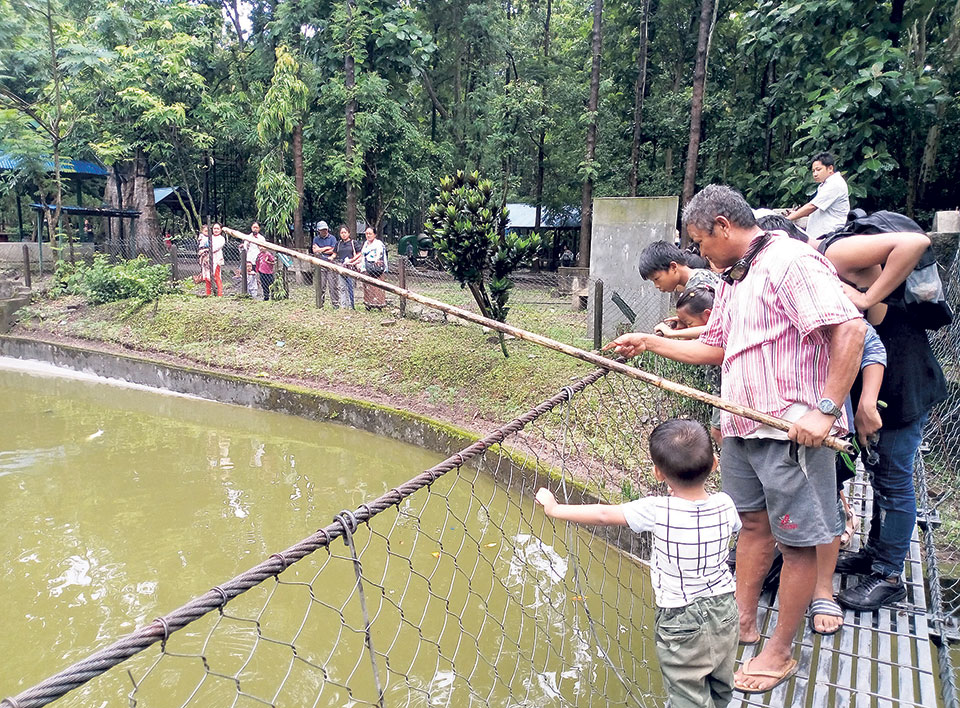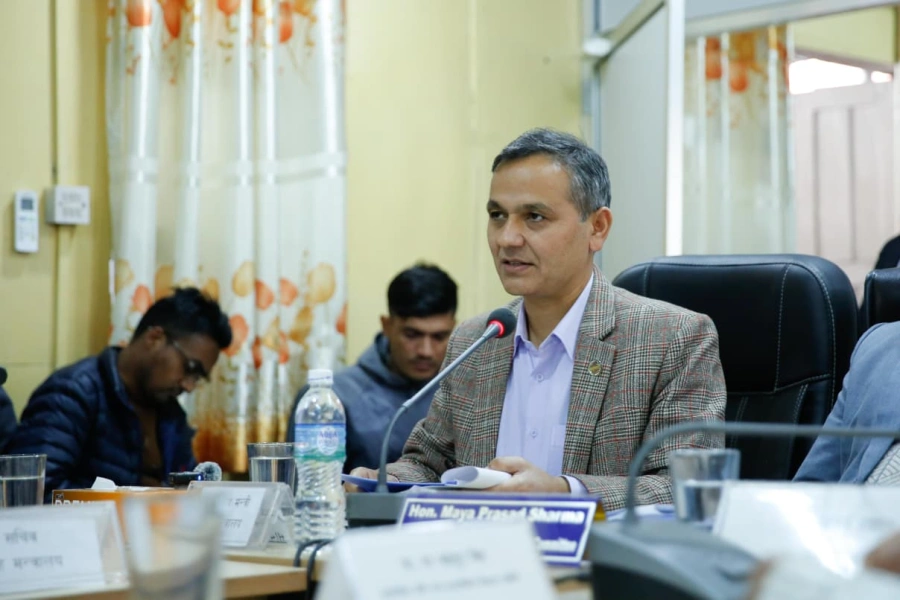Looking back to the paradigm shift of forest management in Nepal, community forestry is not an old practice. The emergence of community forestry and its policy in Nepal took place only after the failure of meritocratic forest management system which had already sacrificed the majority of the hill forests (Hobley, 1996). The most awaited democratic government (the 1950s) had nationalized all the forests of Nepal and transferred the duty of forest management to the Department of Forests (DoF). Villager’s resentment against nationalization of forests and failure of DoF to resolve its responsibility further increased conflict, resulting in widespread deforestation. The National Forestry Plan (1976) not only accepted the fact of deterioration of hill forest but also realized the need for involving communities into forest management. This was when the first step to initiate community forestry in Nepal was inaugurated. By definition, community forest is a part of national forest handed to local user groups by the DoF for conservation, management, and utilization of forest products independently on the basis of a standard guideline and specific operational plan.
During the period of 80-90s community forestry was adopted with the incentive of resource management and but now its priority has broadened up to uplift livelihood, enhance community development, commercialize forest products and even sequestrate carbon conservation to obtain multiplicity output. Among the 44.74% of the land area occupied by forests, community forests cover an approximate area of 2,237,670 hectares which incorporate 2,907,871 households (DoF, 2018) most of which is located in the hilly areas.
Green Growth, Growing Gaps: Nepal’s forest cover soars 46%, but...

Community forestry is such a process which has a dual importance. On one hand, communities are involved in conservation and management of forests to approach sustainability of the forest while the forest is able to fulfill their daily needs along with other additional services that contribute to the environment and the aesthetic well-being of the people. This venture has generated employment opportunity at the local level and has even improved infrastructure, education and health facilities across the country. The annual income from community forests is over US $10 million which is almost 42% of the annual budget of Ministry of Forest and Environment (then Ministry of Forest and Soil conservation).
Time and time again it has been proven that community involvement is absolutely important for the long-term sustainability of any conservation interventions. Nepal’s initiation of the community forestry model has encouraged other countries to follow our footsteps and practice community-based forest management. Not only has Nepal’s forest cover increased from 29% to almost 45% in 40 years, but the livelihood of people has also improved along with restoration of degraded wildlife habitat. It has played the role of a mediator between the government and directly forest-dependent communities and neutralized the conflict of interest between them. Though there are still some hitches such as inequitable benefit sharing within the stakeholders, elite capture and exclusion of poor and marginalized from administrative positions and so on. However, it is still a great model for forest management and something that the world should learn from Nepal.
Kafle is an undergraduate student from Institute of Forestry, Pokhara





































